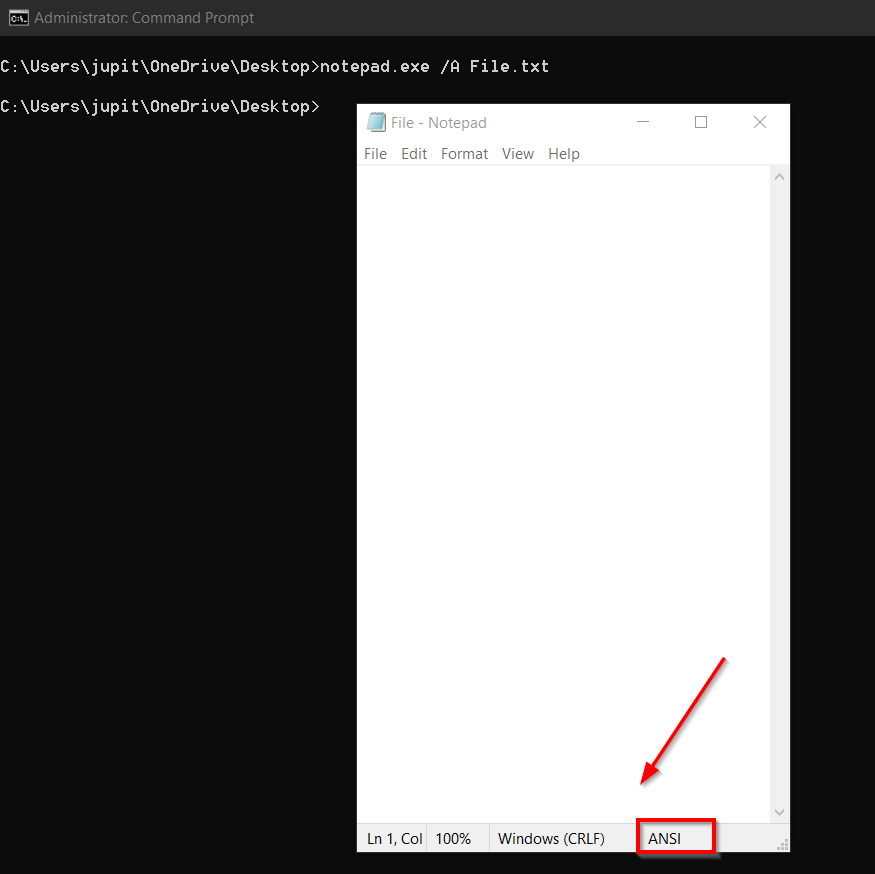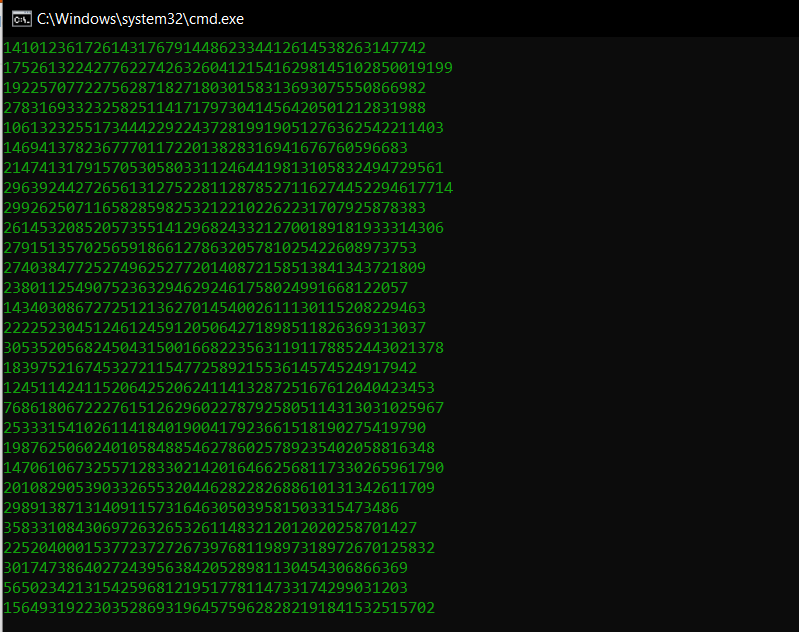Notepad might look simple, but beneath its minimalist surface are hidden tricks that can boost your productivity and add a bit of fun. Whether logging tasks or playing with scripts, these features might surprise you.
Why Notepad Is More Than Meets the Eye
Windows Notepad has been around since the early days of Windows, making its debut in 1983 alongside MS-DOS. It’s one of the simplest text editors out there and has managed to stick around through countless Windows iterations. While it may seem basic, some Notepad tricks and hacks can do more than meets the eye. I will share six fun tricks that can take your Notepad experience to the next level.
Automatic and Manual Logs/Date Stamps
If you’re looking for a quick way to keep logs or journals, here’s a neat Notepad trick. You can have Notepad automatically add a timestamp whenever you open the file. Just start the document with .LOG (all caps), and every time you open it, a new timestamp will appear. This hidden Notepad feature is great for keeping track of things over time.
Open Notepad. Type .LOG (in all caps) at the very top. Save the file as log.txt or any other name. Whenever you open the file, a new timestamp will automatically be added.
If you want to insert a timestamp manually, just hit F5 or go to Edit > Time/Date. It’ll drop the current date and time right where your cursor is. I use this handy feature when jotting down quick notes and need a time reference.
Notepad might seem basic, but this tip allows some customization when you print. Head to File > Page Setup, and you’ll see options for headers and footers. You can use a few special codes to add details, like:
- &f for the filename
- &p for page numbers
- &d for the current date
- &t for the current time
These can be added to the header or footer, so you can easily customize what appears when you print your document. This Notepad hack is especially useful for organizing printed notes.
If you enter &f – &p in the footer, your printed pages will look like this:
File – 1
Command-Line Arguments for Notepad
Notepad isn’t just a basic text editor—you can actually open and manipulate files using Notepad commands in the command line. This hidden Notepad feature allows you to:
Use /A or /W to open files in ANSI or Unicode encoding. Open Command Prompt and type:
notepad.exe /A example.txt
You can use /P to print files directly, which is great if you want to create batch scripts to print multiple files. Open Command Prompt and type:
notepad.exe /P example.txt
Create a Fun Matrix Code Simulation
This one’s for when you want to have fun with Notepad pranks. You can simulate the falling green code from The Matrix using a simple batch script in Notepad. It’s a quick tech-themed prank or just something fun to show off. All you need is the right code, save it as a “.bat” file, and run it to watch the magic happen.
Open Notepad and copy and paste the following code:
@echo off
color 02
:start
echo %random%%random%%random%%random%%random%%random%%random%%random%%random%%random%
goto start Save the file as Matrix.bat. Double-click the file to run it and see the “falling code” effect.
Make Your Computer Speak
If you ever wanted your computer to literally speak to you, Notepad can help you do that too. Using a simple VBScript, you can enter any text, and Windows will read it out loud for you. This fun Notepad trick is a neat way to show off some hidden Notepad features, and it’s pretty easy to do with just a few lines of code.
Open Notepad and paste the following code:
Dim message
message = InputBox("Enter the text you want me to say:")
Set sapi = CreateObject("sapi.spvoice")
sapi.Speak message Save the file with a “.vbs” extension, such as Speak.vbs and then double-click the file, enter some text, and your computer will say it aloud.
Unlock the Notepad Easter Egg
Here’s a weird one. You can run Notepad with the command /.SETUP, which puts it in a completely unusable state. There is no minimize button, you can’t type, and it doesn’t even show up in the taskbar. Most people believe it’s an old Easter egg from way back, probably related to Windows setup processes. It doesn’t serve a purpose anymore, but if you’re into Easter eggs, it’s fun to check out.
Open Command Prompt and type:
notepad.exe /.SETUP
This will open Notepad in a strange, non-interactive mode where you can’t do anything except force-close it via Task Manager.
Notepad may be one of the oldest and simplest text editors out there, but that doesn’t mean it’s not packed with some hidden gems. Whether you’re looking to automate a log file, customize your printouts, or have some fun with Notepad pranks and scripts, these fun tricks show that Notepad still has surprises up its sleeve. So, next time you open it up, try out one of these cool Notepad tricks and see how much more you can get out of this classic tool.











